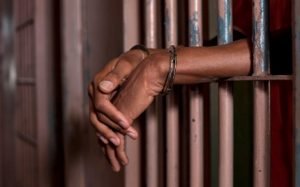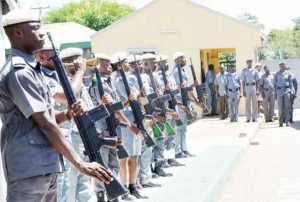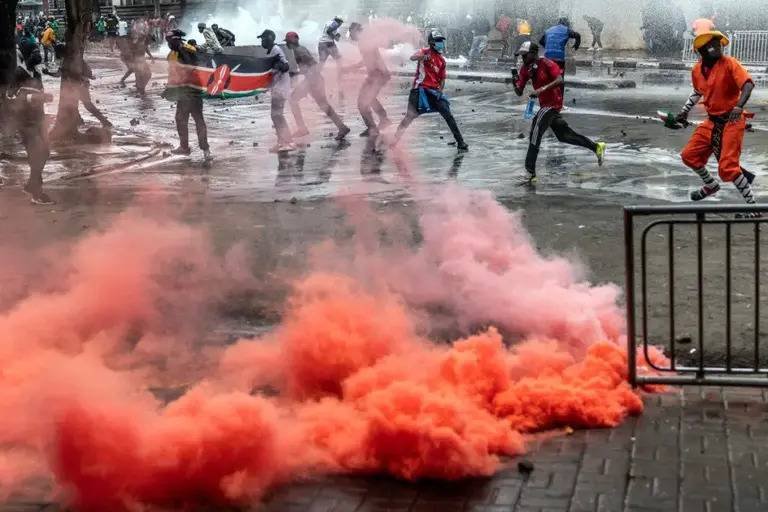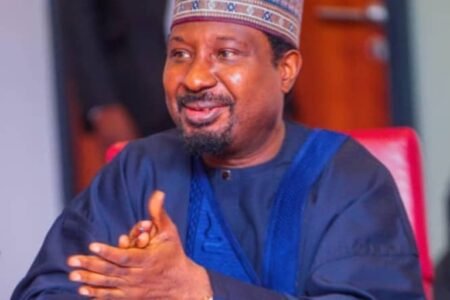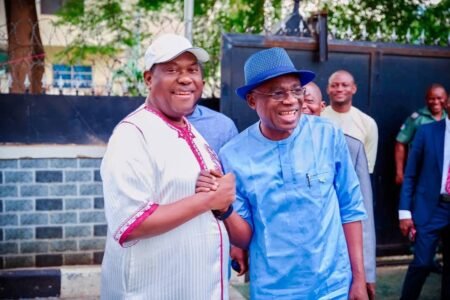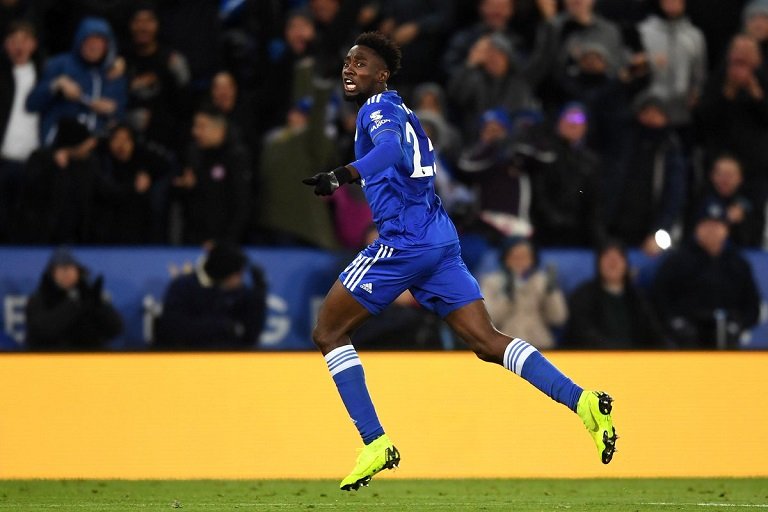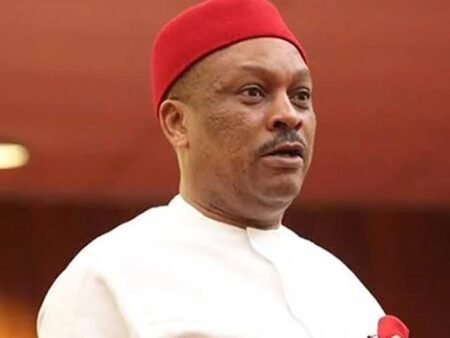Protest in Kenya to mark a year since massive anti-government demonstration, turned violent on Wednesday, with eight killed and at least 400 injured as protesters held running battles with police, who flooded Nairobi’s streets with tear gas and sealed off government buildings with barbed wire.
Initially calm commemorations turned into mayhem when scattered groups broke up flagstones to throw projectiles at security personnel and demanded President William Ruto’s resignation.
The marches were organised to commemorate the anniversary of enormous protests over tax increases last year, which killed at least 60 people and culminated in a vast mob storming parliament on June 25.
“We are marching against police brutality, against oppression by the government, against high taxation, everything that is going wrong in this country,” said Anthony, 25, who was also selling flags and did not want to give his full name.
A coalition of rights groups stated that eight people died as protests were held in 23 counties.
“At least 400 others were treated, with 83 of them referred to specialised treatment for serious injuries,” the coalition, which includes Amnesty International and the Kenyan Medical Association, said in a statement.
According to a hospital source in Matuu, a town around 100 kilometres (65 miles) from Nairobi, two people had died from gunshot wounds there, with local media saying that police had opened fire.
The government ordered television and radio stations to suspend live coverage of the protests, which spread outside the capital, including to the port city of Mombasa.
NetBlocks, a global internet tracker, reported that Telegram, a social networking application, had been banned.
“We are here as the young generation. We want a complete overhaul of the system; the system is rotten; the system is rogue,” said protester Florence Achala in Nairobi.
Last week, a group of nonviolent protestors was attacked by a band of motorbike-riding “goons”, as they are known in Kenya, who were armed with whips and clubs and worked alongside the police.
Western embassies in Kenya, including those of the United Kingdom, Germany, and the United States, issued a united statement condemning “the use of hired ‘goons’ to infiltrate or disrupt peaceful gatherings”.
The ‘goons’ were not readily seen on Wednesday, but police used a lot of tear gas and water cannons to push back protesters.
Javas Bigambo, an analyst and lawyer, told AFP he was concerned that political factions might use the tense climate to incite violence.
“There is nothing good to celebrate about the events that happened last year,” he said. “If we were serious about commemorating June 25th, it should be in solemnity, prayer and restraint.”
There is a widespread dislike for Ruto, who came to office in 2022 promising fast economic growth.
Many people are dissatisfied with persistent stagnation, corruption, and excessive taxes, even after last year’s rallies prompted Ruto to scrap the controversial financial measure.
His government has worked hard to avoid direct tax increases this year.
However, the repeated disappearances of government critics — rights groups have identified over 80 since last year’s riots, with dozens still missing — have prompted many to accuse Ruto of returning Kenya to the dark days of its dictatorship in the 1980s and 1990s.
Ruto had previously promised to put an end to abductions, but he was unapologetic in a speech on Tuesday, vowing to “stand by” the police.

